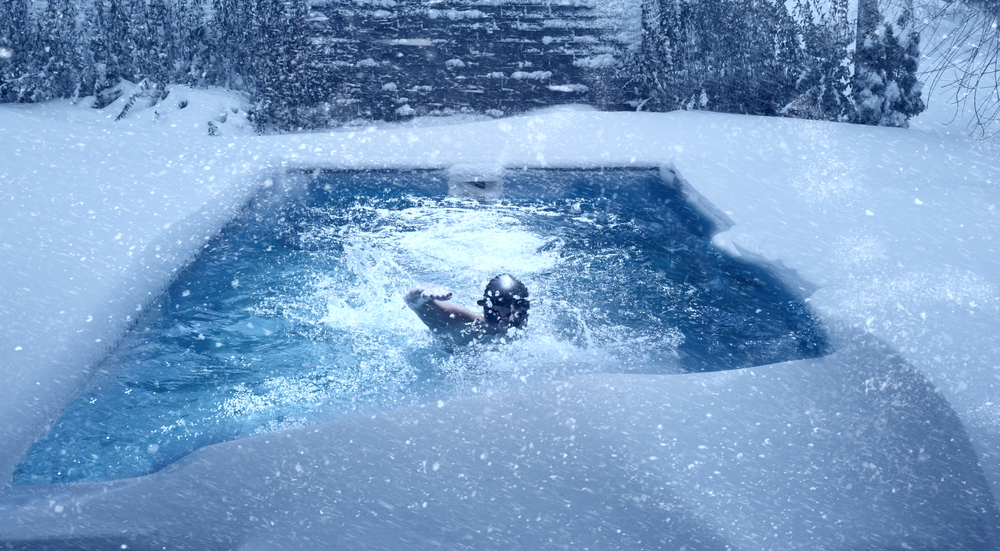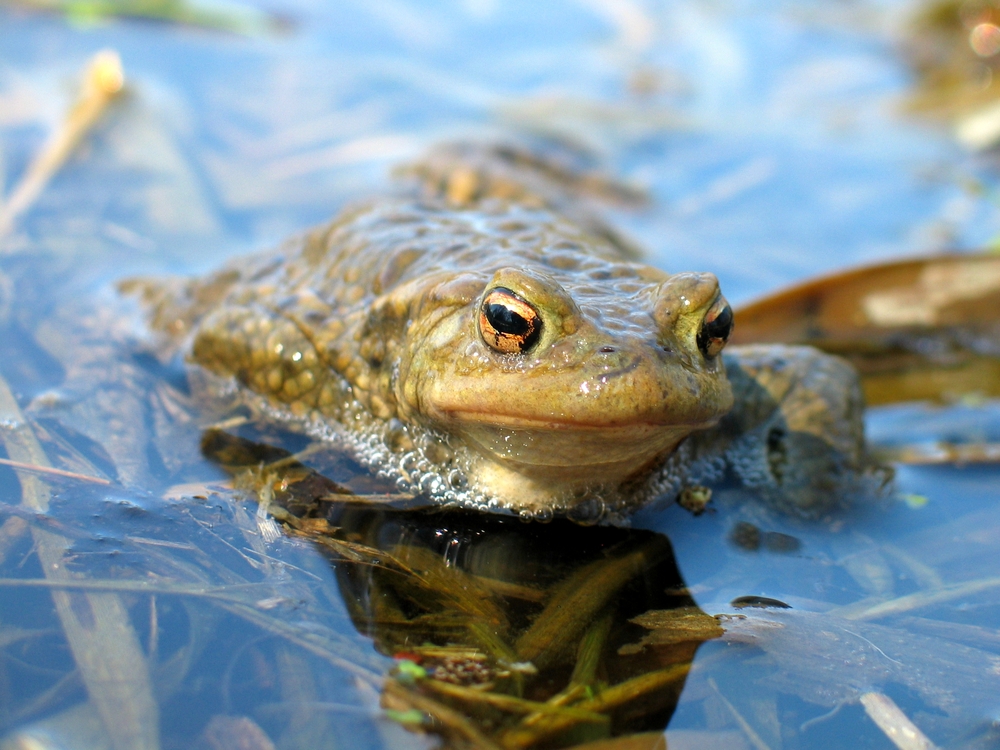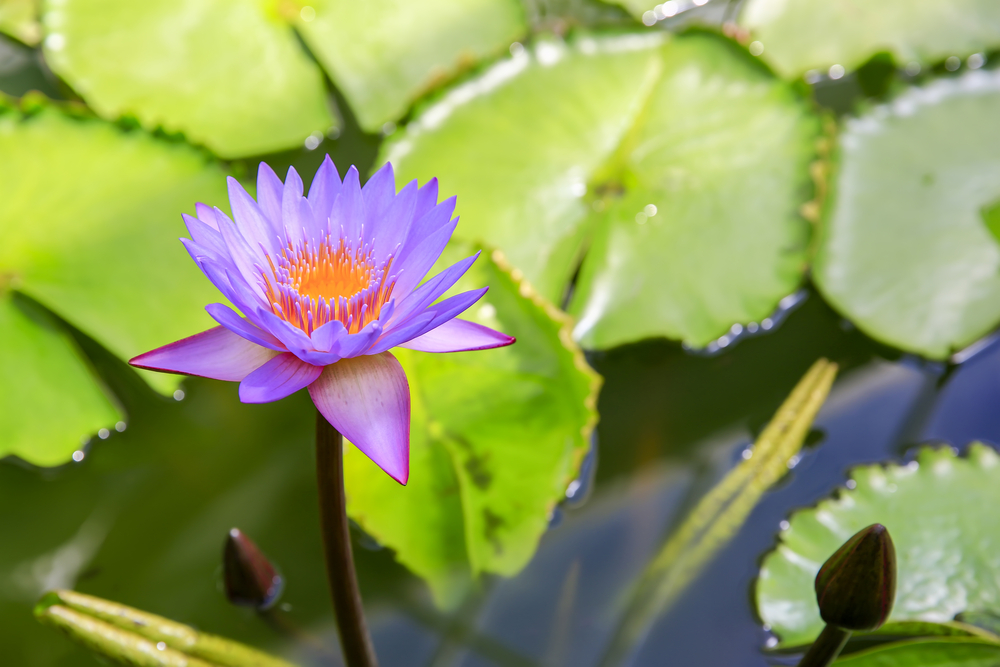If you have an outdoor living space you may have decided to have a koi or frog pond as part of your landscaping. Still other swimming pool owners opt for natural swimming pools. These natural pools have a separate pond area that houses water cleaning plants and yes, sometimes frogs and fish to naturally clean the swimming pool water without the use of chemicals. We have tips for caring for backyard pond wildlife this winter.
Some of these tips will vary based on where you live. You may need to, or want to, install a pump to circulate water in the wildlife pond to ensure the water doesn’t freeze solid as the fish, frogs and turtles will not survive frozen water. You may need to add additional plants as some of the wildlife will go almost dormant and will nestle into the plantlife to stay alive during the long winter months.
Many people who have ponds and are home to wildlife, they feel a responsibility to the critters and will care for them throughout the year. One of the main reasons is that they want the wildlife to survive and fill their lives with joy and relaxation the following summer.
As a reminder, there are very few frogs that can survive in still water that dips below 32 degrees. Because frogs are cold-blooded amphibians they do hibernate and survive a long, cold winter, but keeping the water moving will prevent a hard freeze and help them survive.
Caring For Backyard Pond Wildlife This Winter
What can you do to help the wildlife that call the pond at your home, their home, this season? We have a few tips that may just work.

- Frogs and fish require a “safe haven” that will allow them to slow their bodily functions and rest without fear of being eaten.
- Make sure there are logs, cracks and crevices in rocks into which you can leave compost, soil or leaves that they can use to erect burrows.
- Dead logs are also ideal hibernation spots for the frogs who summered at your pool. Dig a small hole into a log and fill it with leaves or other natural debris into which frogs who burrow can do that. The hole should be three feet deep and three feet square. You can put in loose, soft dry sand, cover it with compost and leave the frogs to their own devices if they decide to burrow there.
- Clean the pond before the winter sets in. Don’t dismantle or drain the pond because if the frogs have been there all summer, they won’t have time to find a new spot to hibernate. Don’t clean the pond too clean; if you do, frogs will avoid it as it doesn’t have the debris and dead leaves they need to survive a winter freeze.
- Many species of frogs sleep on top of, or partially covered with water.
- Invest in a de-icing unit and install it to keep it from freezing solid. Amphibians can survive in a pond that is freezing, but not frozen solid.
- If the top of the pond freezes completely, create at least one large hole in the ice so the frogs can get out. A pond that is iced over won’t give any fresh oxygen to the frogs — something they need to survive. Don’t use a hammer to break a hole as this can harm the frogs who are sleeping near the surface. Instead, fill a bucket with hot water, tie a rope to the bucket handle and set the bucket on top of the ice. Hold it until the ice beneath it melts and the bucket begins sinking into the ice. Keep it up until the ice is completely opened up. You will need to do this frequently throughout the winter unless you install a de-icing unit and/or a pump to keep the water moving slowly to prevent a total freeze.
There are some swimming pool and pond owners who will capture the frogs and koi and bring them indoors for the winter months and this might make sense depending on there you live. Put them in a cool basement that is not totally dark, provide them with live food, this is especially important if the frogs are cold, but not cold enough to hibernate — they will need to eat.

Enjoy your pond in the summer but make sure you’ve made plans to care for the wildlife that has graced it during the summer months so they survive the winter.

